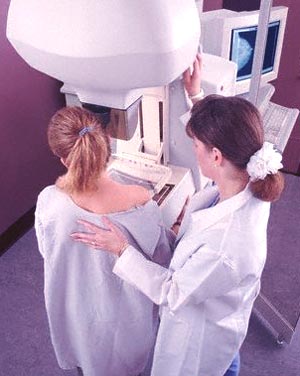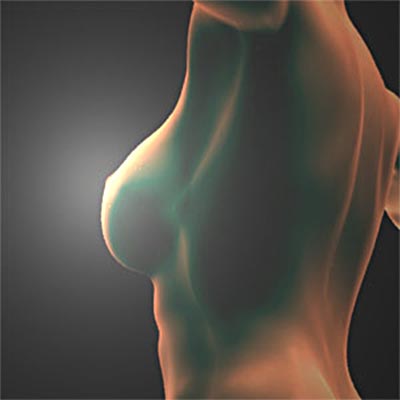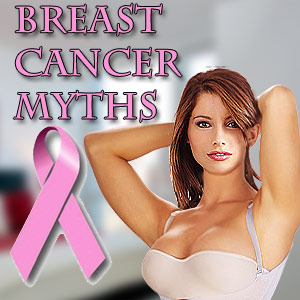Breast Cancer Chemotherapy Treatment

Breast cancer treatments can range from surgical operations to radiation and chemotherapy. This article highlights some of the frequently used treatments and therapies that are used for treating cancer of the breast. Find out what chemotherapy involves and its oft-mentioned side effects. Learn about various alternative therapies that go into offering a holistic solution to tackling this disease. We examine radiation treatment and hormone therapy.
Breast Cancer Chemotherapy treatment
Chemotherapy treatment for breast cancer is a systemic one that affects the complete body. Chemotherapy seeks to use drugs to treat cancer. It destroys any cancer cells that may spread. The drugs used in the Chemotherapy treatment for breast cancer block the rapidly dividing cancerous cells. Cancerous cells grow and divide out of control. Chemotherapy works at stemming this growth and multiplication of the cancerous cells.
Chemotherapy treatment works just after surgery. Being a systemic treatment, it attacks young and small clusters of cancer cells anywhere in the body. Chemotherapy drugs work best against rapidly dividing cells. The flip side is that they may kill normal cells too. Since cells in the blood, mouth, nose, nails and hair area also undergoing constant and quick division, chemotherapy affects them too. This explains the side effects of chemotherapy such as falling hair, dipping energy levels and infections. Supportive medicines are prescribed to help the body during this phase.
Chemotherapy treatment for breast cancer is given in cycles or rounds. A typical treatment process may involve four to eight cycles of chemotherapy. Chemotherapy reduces the chances of cancer recurring after surgery. The tumors are shrunk with chemotherapy treatment, especially in cases of inflammatory cancer. The chemotherapy drugs are injected through IV needles. Sometimes they are given as pills. Oncologists will monitor your response to the therapy.
Side effects of chemotherapy
- Hair loss
- Fatigue and anemia
- Mouth sores
- Nausea and vomiting
- Memory loss
- Menopause
- Diarrhea
Local or regional treatment of breast cancer
This type of treatment for breast cancer is directed at the breast and lymph nodes around the breast. Mastectomy is a surgical procedure that varies according to the extent of spread of the disease. The lymph nodes found in the underarm area help in determining the stage of breast cancer. This aids in deciding the course of treatment.
Simple (Total) Mastectomy: The entire breast is removed but the axillary lymph nodes are left intact. In some cases alone, these nodes are also removed. This type of surgical treatment for breast cancer is recommended for women with ductal carcinoma in situ (DCIS).
Radical Mastectomy: This form of surgery involves removal of the entire breast, all underarm lymph nodes and chest wall muscles located under the breast. It is recommended only in cases where the disease has spread to the chest muscles.
Lumpectomy
The surgical procedure that involves removal of the cancerous lump or tumor in the breast along with a small margin of the surrounding tissue is known as lumpectomy. This form of breast cancer surgery is often performed in cases where the breast cancer is localized to a small area. The advantage of lumpectomy over other surgical procedures is that most of the breast is retained after the surgery.
Breast cancer radiation treatment
Radiation therapy is extensively used for breast cancer treatment. Radiation involves use of high-energy rays to stop cancerous cells from growing and dividing. This is used to target remaining breast cancer cells in the chest wall and axilla (underarm) area after surgery. Generally, radiation therapy as a treatment for breast cancer begins a month after surgery. This form of treatment is used to shrink tumours in women with advanced breast cancer. Radiation therapy for breast cancer treatment is given 5 days a week for about 5 to 6 weeks. The chest area is marked with long-lasting tattoos that will identify the areas where the radiation is to be given. The radiation oncologist limits the intensity of the therapy so that there is minimal effect on the normal tissues. Skin problems are a common side effect of radiation treatment for breast cancer - redness, soreness, darkening and itchiness.
Alternative breast cancer treatment
alternative treatments for breast cancer are used in place of traditional medicine or as supplements to traditional medicine. Oriental Medicine offers alternative treatments for breast cancer by attempting to restore the body's natural energy flow. These treatments could range from acupuncture to acupressure and reiki. Qigong is a powerful Chinese medicine that bolsters the immune system and unleashes the body's ability to heal itself. It is used for breast cancer treatment as an alternative therapy.
The ancient Indian system of Ayurveda attempts to bring harmony to the breast cancer patient with special diets, meditation, herbs, massage and controlled breathing. Homeopathy is a Western therapy that uses very diluted extracts from herbs, minerals and animal substances. Aromatherapy uses different types of oils such as eucalyptus, lavender, rosemary and thyme to treat physical and emotional problems. Herbs and plant chemicals are known to have an effect on the body.
Paclitaxel - the drug used in Breast cancer was first isolated from a Pacific yew tree in 1967. Antioxidants are known to decrease white blood cell functions and help reduce the risk of breast cancer. It has been seen that Americans spend more than $30 billion on alternative and complementary therapies. Doctors advice patients using alternative treatments for breast cancer to continue with traditional treatment options too. There is no scientific evidence to prove that alternative therapies can cure breast cancer.
Breast cancer hormone treatment
Another form of breast cancer therapy is hormone treatment. Hormonal therapy involves the use of drugs that block the effects of hormones such as estrogen and progesterone that can promote breast cancer. Hormonal treatment for breast cancer prevents cancerous cells from receiving the hormones that they need to proliferate. It is effective in cancers where cells are ER or PR positive (Estrogen positive or Progesterone positive). Tamoxifen is the popular anti-estrogen drug that is used to prevent breast cancer. This drug is known to block estrogen to cancer cells thereby preventing their growth. A course of Tamoxifen for about 5 years is known to prevent recurrence of breast cancer. Aromatose inhibitors are used to complement Tamoxifen in preventing recurrence of breast cancer. They block the enzyme aromatose that is instrumental in converting hormones from adrenal glands to estrogen.
Top of the Page: Breast Cancer Chemotherapy Treatment
Tags:#breast cancer treatment #alternative breast cancer treatment #breast cancer radiation treatment #breast cancer treatment option #breast cancer hormone treatment #breast cancer chemotherapy treatment

Cancer Staging and Grading
Mammogram - Breast Xray
Breast Ultrasound
Breast MRI
Breast Augmentation
More on Breast cancer

Stress and Breast Cancer
Breast Density and Breast Cancer Risk
Lower your Breast Cancer Risk
Breast Cancer Myths
Mastitis
Breast Cancer Awareness
Preventing Breast Cancer
Breast Self Exam
Breast Cancer Chemotherapy Treatment
Palpable Breast Mass
Breast Cyst
Breast Cancer Symptoms
Breast Calcification
Breast Cancer Treatment
Mastectomy
Top of the Page: Breast Cancer Chemotherapy Treatment
Popularity Index: 101,750

